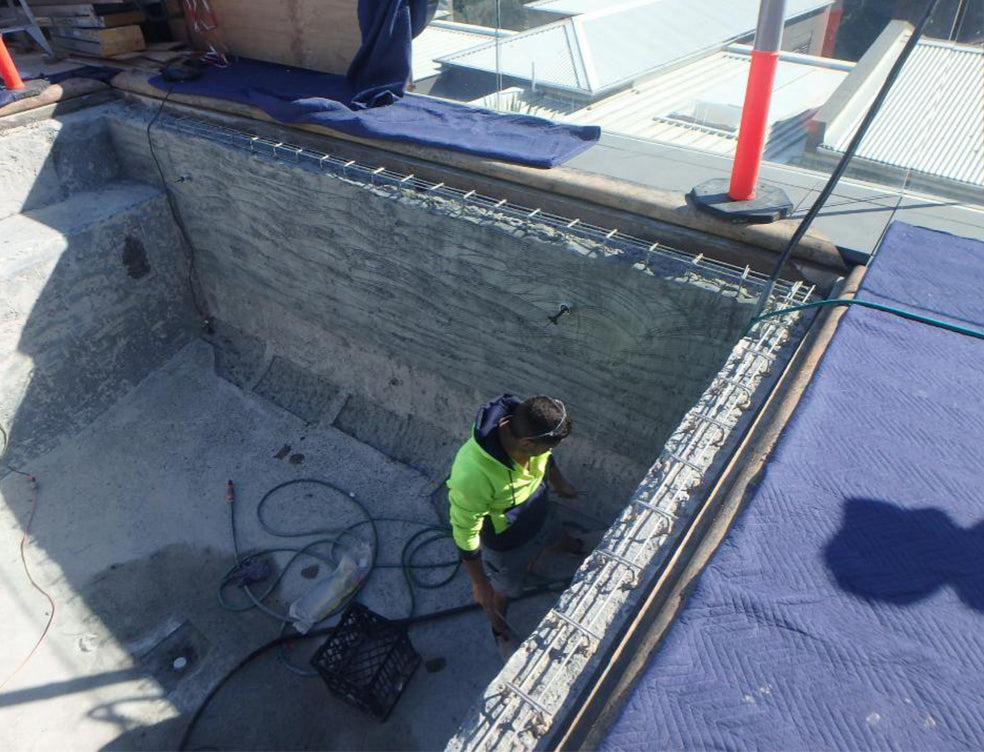Your Cart is Empty
Place an order by 10am for next business day delivery Sydney Metro. *Call 1300 557 973 for all other areas.
Place an order by 10am for next business day delivery Sydney Metro. *Call 1300 557 973 for all other areas.

Waterproofing is one of the most vital aspects of construction, especially for wet areas like showers and restrooms. Unfortunately, it is also one of the most problematic construction tasks, especially in Australia. Statistics show that waterproofing and water ingress account for 2.8 per cent of total construction costs, but comprise 83 per cent of complaints of building defects.
Waterproofing errors are often difficult to manage and harmful to tenants and building users. Property owners are left with massive expenses to fix the problem. As builders, the responsibility falls on us to ensure that disasters do not occur.
Fortunately, many of these errors are easily preventable, as long as you have a reliable waterproof tiling supplier and a keen eye for detail. Here are some common mistakes and how to avoid them.
The pre-slope is a critical element in waterproofing. It ensures that the water and moisture can flow downwards into the drain. Improper sloping means the waterproof lining will lay flat on the floor. Shower water will remain stagnant, causing mould and damaging your tiles.
When builders use a traditional mortar bed for showers, the ideal pre-slope of the shower pan liner should be about two per cent. Placing a sub-surface drainage mat on the waterproofed slope provides rapid drainage to the lower section of your two-stage drain. You can also use certified tropical waterproofing membranes alongside drains with integral bonding flanges, which reduces the floor’s height and simplifies doorway and fixture transitions.
Builders often unknowingly puncture holes into the waterproofing membrane. The problem usually occurs when backerboards are nailed through the membrane or tiles are stacked on shower walls using nails or screws. The risk is even greater on exterior decks, where steel railings need to be secured. Attaching the railings to the floor often punctures the membrane.
Builders should avoid membrane holes as much as possible, especially on horizontal surfaces where water pools. They render your waterproofing efforts moot and waste your resources, while increasing the risk of damage. For railings, installing them on the deck fascia reduces the possibility of puncturing.
The most crucial step is to ensure that your shower floor can hold water properly. Flood testing involves flooding the shower floor overnight and checking if the water has not leaked. It is a simple, easy-to-conduct test. The only materials needed are plumbing test balls or other stoppers, which can work on either a two-stage drain or one with an integrated bonding flange.
Conducting flood tests allows you to spot any problems early on, preventing future disasters and ensuring the safety of the building’s tenants.
Many waterproofing accidents can be avoided by taking basic precautionary measures. They may seem extra work now, but they will spare you the hardship of dealing with future disasters.
Waterproofing Direct provides comprehensive waterproofing and tiling solutions for commercial properties and buildings. Contact us today for your waterproofing needs.